CAROLINE GLENN ORLANDO SENTINEL
JULY 15, 2021
For the second year in a row, a group studying the chasm between declining wages and soaring rents found that nowhere in the U.S. can a minimum-wage worker afford a two-bedroom apartment at the fair market rent.
In its signature Out of Reach report released this week, the National Low Income Housing Coalition determined that a full-time hourly worker would need to earn $24.90 an hour, more than three times the $7.25 federal minimum wage, in order to afford a $1,295-a-month rental home. That’s the average “fair market rent” in the U.S., according to the U.S. Department of Housing and Urban Development.
“It keeps telling the same story,” said Anne Ray, manager of the data clearinghouse at the University of Florida’s Shimberg Center for Housing Studies. “Housing costs have really just come unhinged from wages for a lot of jobs and a lot of common jobs like retail, hospitality, customer service, in some early career teaching, pre-school, in part child care.
“Somehow things are to the point where even though there’s that huge demand for relatively low-cost housing, the units aren’t getting produced.”
According to the report, Florida is one of the states where the gap between the minimum wage and what’s actually necessary to afford modest housing is widest.
The state minimum wage is $8.56, equivalent to $17,804 a year and, after Amendment 2 was passed last November, will increase to $10 in September. But to be able to afford a two-bedroom unit at the $1,290 fair market rent, you’d need to make $24.82 an hour, which amounts to $51,619 for a yearly salary.
Put another way, a minimum-wage worker would have to work 115 hours a week.
“This report affirms the sad truth, what we already know about Florida’s housing crisis: The average person is priced out of the market,” said Sen. Victor Torres, who was elected to the Legislature in 2012 and represents Osceola County and parts of Orange County. “When it comes to rents, they’re $1,300, $1,400, $1,500 a month depending on if you need a two-bedroom or a three-bedroom. It’s just not fair.”
Ray said it’s an issue that affects most of Orlando’s workforce, half of which makes below $17.59 an hour, according to data from NLIHC and the state that the Shimberg Center uses to analyze Central Florida’s rental market. Professions in tourism, including cashiers, retail workers, restaurant cooks and servers, make far less than the necessary wage that NLIHC calculated, and even other jobs such as firefighters, electricians, auto mechanics, hairdressers, social workers and constructions laborers largely do not make enough to afford reasonably priced housing on their own.
For someone in Florida working a full-time job making $17.59, the most they could afford to pay in rent without spending more than 30% of their income — how the feds and most housing experts define “affordable” — is $915 a month.
Today’s top headlines
Sign up for the Afternoon Newsletter and get the day’s biggest stories in your inbox.SIGN UP
This site is protected by reCAPTCHA and the Google Privacy Policy and Terms of Service apply.
“For people who can work, one full-time job should be enough,” the NLIHC contested in its report.
But the affordable housing shortage doesn’t just affect working families. Florida’s seniors who are on fixed income also struggle.
In the Orlando metropolitan area, Ray said there are about 240,850 people who get Social Security retirement benefits. The average benefits are between $1,341 and $1,559 per month, meaning they’d have to find a two-bedroom rental for $402 to $468 a month in order to avoid spending more than 30% of their income on rent. Otherwise, a one-bedroom “fair market rent” apartment would eat up as much as 75% of their Social Security.
The result is a state with millions of households, of various ages and income levels, that spend a big portion of their pay on rent, making it more difficult to save, handle an unexpected expense or break into homeownership. The Shimberg Center has found that 1.4 million renter households spend at least 30% of their yearly income on rent, and of those, 938,957 pay even more.
During the pandemic, when droves of workers were suddenly laid off or furloughed, that had devastating effects. With no income and not much savings, paying rent simply became impossible, and despite eviction moratoriums and rental assistance programs set up to help, thousands of people were evicted while the coronavirus was spreading.
As the report points out, most new rental housing that gets built is for high-income renters to balance out high development costs and landlords can “virtually never, without state or federal subsidies” afford to rent out their units at a price that the lowest-income renters can afford.
That’s led to a shrinking supply of affordable homes — for renters and buyers.
In Florida, for instance, over the past 20 years nearly 200,000 rental units priced under $1,000 per month have disappeared as landlords increased rents, while at the same time about 1 million units priced above $1,000 were added, according to the Shimberg Center. The Orlando Regional Realtor Association has also seen the inventory of entry-level homes recede to record lows.
In 2019, Orange County Mayor Jerry Demings convened a Housing For All task force made up of homebuilders, Realtors and leaders from the region’s theme parks, labor unions, charities and hospitals that devised a 10-year-plan to inject $160 million into housing projects and build 30,000 new places to live, but few would be for extremely low-income rents. About a third of the units that could be created would be for households that make between $26,000 and $83,000 a year, and two-thirds would be for those who make between $83,000 and $97,000.
The plan also called for loosening zoning codes and offering bonuses to entice developers to the most housing-hungry neighborhoods, and also established a $3.5 million loan fund for nonprofit builders and identified dozens of lots that the county will donate to nonprofits to be redeveloped as affordable houses.
Sen. Torres said he believes the state and local governments can do more, though, including enacting rules to force builders to set aside affordable units in market-rate developments. He also criticized the decision by Senate President Wilton Simpson and House Speaker Chris Sprowls this past session to permanently siphon half of the state’s affordable housing trust fund to spend on environmental projects. The Florida Realtors Association, the largest trade association in the state, has launched a campaign to get a constitutional amendment on the 2022 ballot to restore the fund.
“The Legislature is controlled for the past 20 years by Republicans (who) have their own version of how they want to use those funds,” Torres said, adding that this year lawmakers passed a $100 billion budget. “The money is there, it just depends on the will of the government.”
But aside from building to fix the shortage, the National Low Income Housing Coalition and the Biden administration is pushing for a massive expansion of housing programs for the poor, including universal rental assistance to increase the funding for housing vouchers programs, which allow people to rent from the private market while only paying a portion of the rent. The rest is offset by the housing voucher, which is administered by the local housing authority directly to the person’s landlord.
Right now, only 1 in 4 very low-income renters who are eligible for voucher programs receive one.



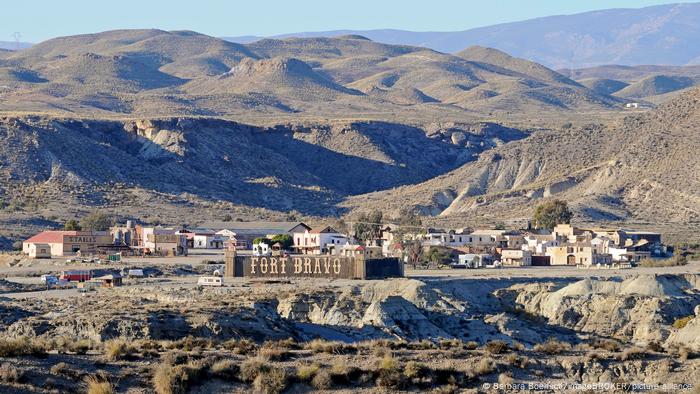

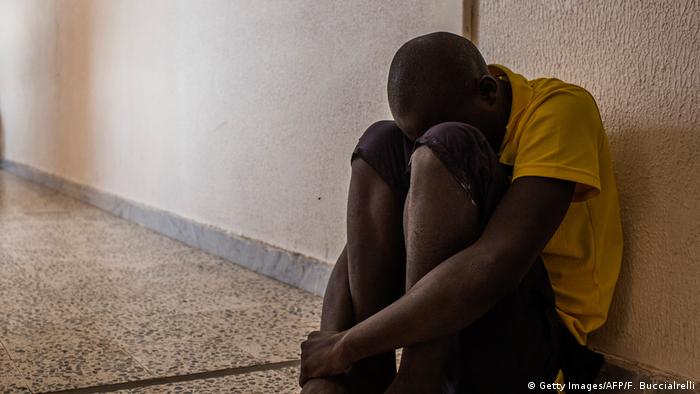
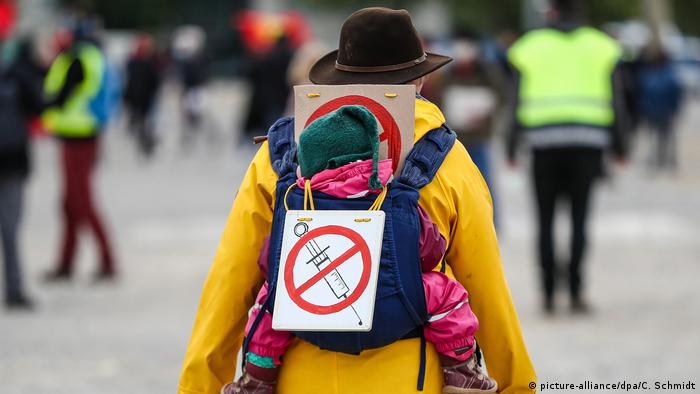
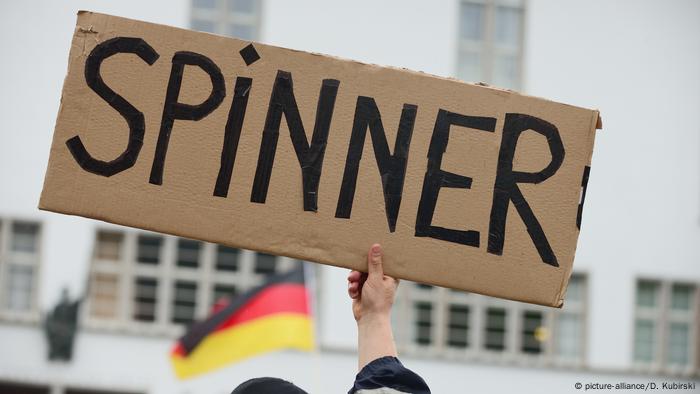
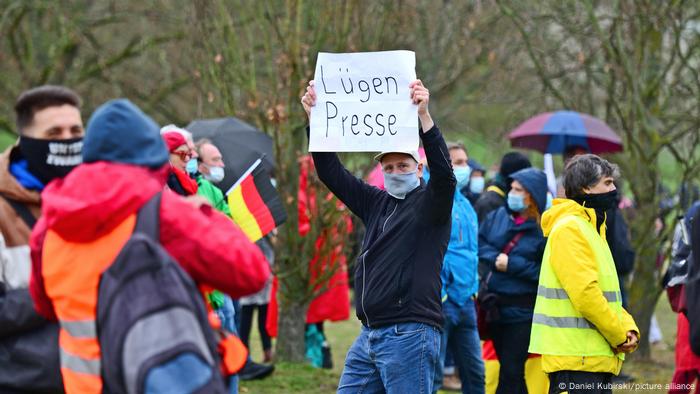
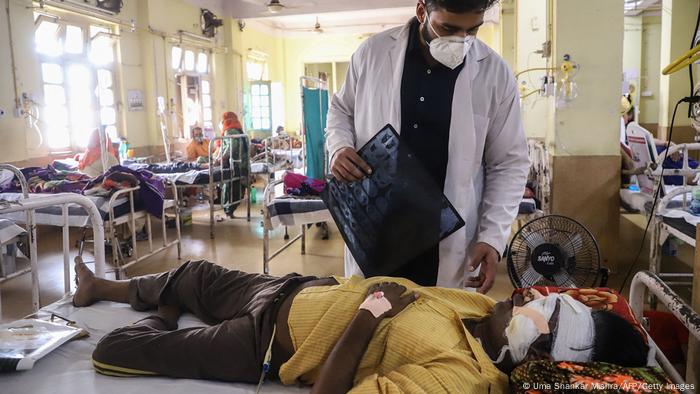
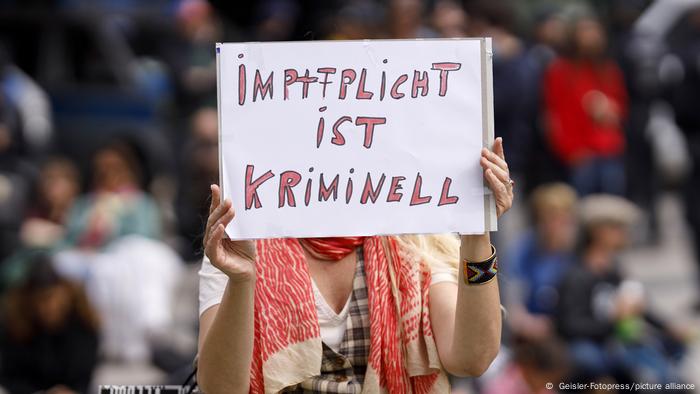
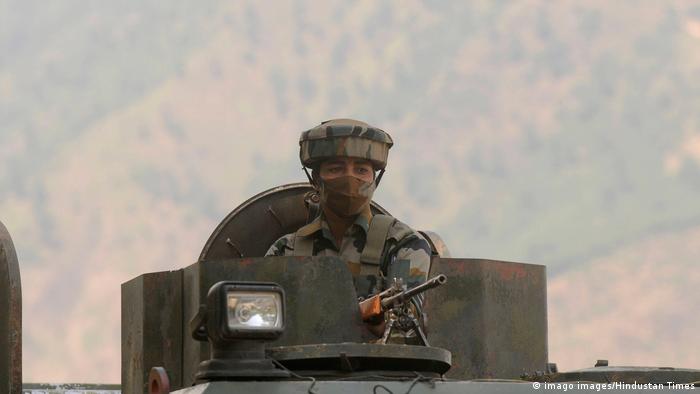

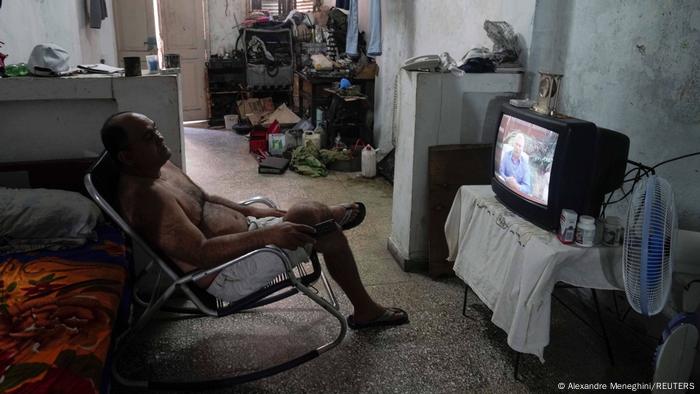
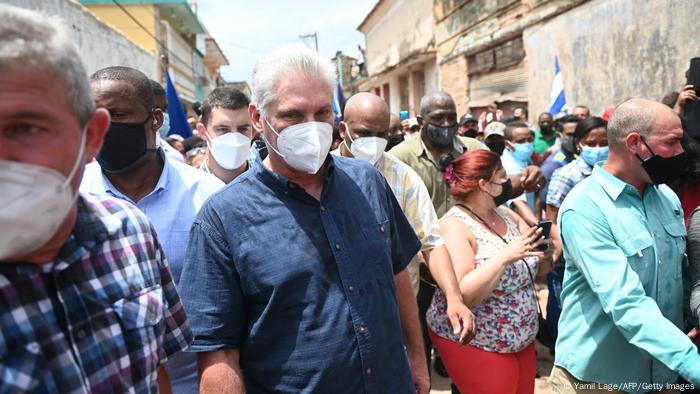
 Protests that broke out in Cuba on Sunday were the largest since the revolution of the 1950s and come as the country endures its worst economic crisis in 30 years
Protests that broke out in Cuba on Sunday were the largest since the revolution of the 1950s and come as the country endures its worst economic crisis in 30 years